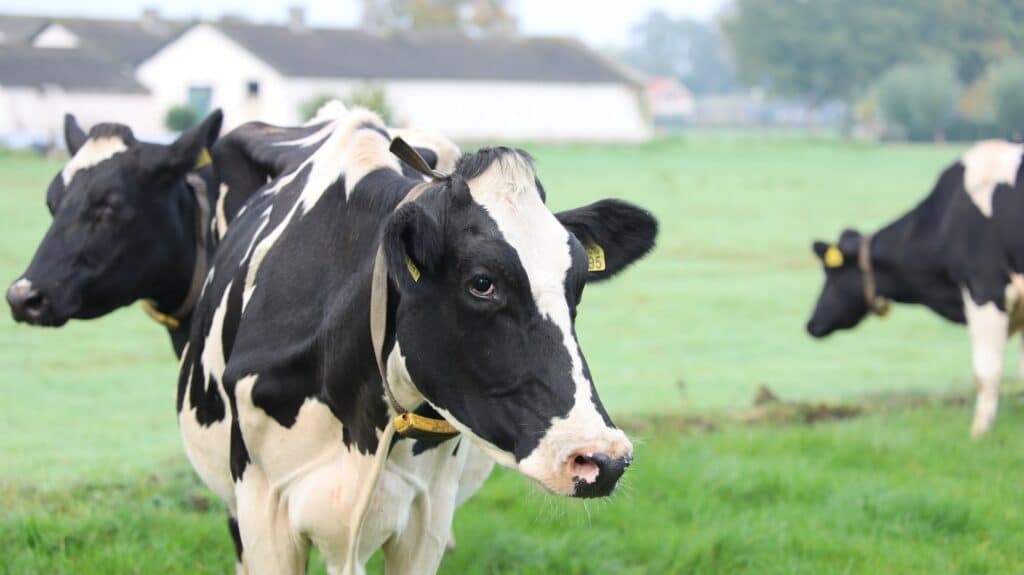Introduction – Renewable Vs Non-Renewable
Is methane renewable or non-renewable? The short answer is that it’s both. But let’s dig into why because the short answer is unsatisfying. Renewable and nonrenewable resources are terms used to describe the sources of energy used to power the world. Renewable resources are those that can be replenished naturally and are considered sustainable, such as solar, wind, and hydropower. Nonrenewable resources are those that cannot be replenished and are finite, such as oil, gas, and coal.

One energy source that has been debated is methane. This article will discuss the classification of methane as a renewable or nonrenewable resource.
What is Methane?
Methane is a gas composed of a single carbon and four hydrogen atoms. It is a colorless, odorless, flammable gas and is the main component of natural gas. Methane can be found naturally in underground deposits, and it is also released into the atmosphere by the decomposition of organic matter. The primary sources of methane are natural gas production, wetlands, and livestock. What we have just described contains the reasons why methane is both renewable and non-renewable.
There Are Two Types Of Methane
Methane can be found in two forms: biogenic methane and thermogenic methane.
Biogenic methane is formed by the natural breakdown of organic matter by bacteria in areas with low oxygen levels, such as wetlands and landfills. This type of methane is often released into the atmosphere through natural processes such as the decomposition of organic matter. Landfills in fact are big emitters of methane. It’s also the reason why composting yields many benefits because in comparison composting generates less methane, a potent green house gas.
Thermogenic methane is formed through the high pressure and temperature of geological formations deep beneath the earth’s surface. The formations may or may not contain organic matter. This type of methane is often used as an energy source and is extracted from underground deposits. It is also formed through industrial processes such as the burning of coal and the production of oil and gas.
Both biogenic and thermogenic methane are important sources of energy. However, thermogenic methane is more commonly used for energy production as it is more concentrated and easier to access than biogenic methane.
Thermogenic Is Non-Renewable But Biogenic Is Renewable
Thermogenic methane, on the other hand, is considered a non-renewable resource. This type of methane is formed through the high pressure and temperature of formations deep beneath the earth’s surface and is finite in nature. Once the underground deposits have been depleted, thermogenic methane can no longer be produced.
Biogenic methane is considered a renewable resource because it can be naturally replenished through the breakdown of organic matter. As long as there are sources of organic matter that can be broken down in low oxygen environments, biogenic methane can be continuously produced.
Natural Gas Is Thermogenic Methane
Natural gas is in fact the methane source that you will likely know best. Natural gas as a methane source is non-renewable, as it is typically composed of thermogenic methane. Although natural gas can be replenished over time, it is not replenished at a rate that can keep up with human consumption, making it a finite resource.
Therefore, the vast majority of methane that you will come into contact in your life is going to be the non renewable kind.
Sources Of Biogenic Methane
Biogenic methane is formed by the natural breakdown of organic matter by bacteria in areas with low oxygen levels, such as wetlands and landfills. This type of methane is often released into the atmosphere through natural processes such as the decomposition of organic matter.
Biogenic methane is considered a renewable resource because it can be naturally replenished through the natural breakdown of organic matter. As long as there are sources of organic matter that can be broken down in low oxygen environments, biogenic methane can be continuously produced. In fact, we’ve covered landfills as a major source of methane emissions.
Additionally, biogenic methane can be produced through the process of anaerobic digestion, which is a natural process that can be used to produce methane from organic waste. This type of methane is not only renewable, but it can also provide a sustainable source of energy, as well as potential economic benefits, as the cost of production could be significantly reduced.
Cows As A Source Of Methane
Cows are a major source of methane. Cows produce methane as a byproduct of their digestive process and release it into the atmosphere through belching and flatulence. This type of methane is considered biogenic, meaning it is naturally occurring and can be replenished.
Although cows are a major source of methane, it is important to note that not all of the methane produced by cows is released into the atmosphere. Modern farming practices, such as capturing methane from cow manure and using it to generate electricity, can help reduce the amount of methane released into the atmosphere. Additionally, reducing the amount of methane produced by cows through diet changes, such as reducing the amount of grain they consume, can also help to reduce methane emissions.
Impact of Methane Classification
The potential impact of methane being classified as renewable or nonrenewable is significant. If methane is classified as renewable, it could provide a sustainable source of energy, as well as potential economic benefits, as the cost of production could be significantly reduced. On the other hand, if methane is classified as nonrenewable, it could lead to long-term environmental consequences, as the finite nature of the resource would leave it vulnerable to depletion.
Conclusion – Is Methane Renewable Or Non-Renewable
In conclusion, methane is both because there are two sources. It is an energy source that has been debated as to whether it is renewable or nonrenewable. Proponents of methane being renewable argue that it can be replenished naturally, while opponents argue that it is still a finite resource. The potential impact of methane being classified as renewable or nonrenewable is significant, as it could lead to economic and environmental benefits or drawbacks.

Anne Lauer
Anna Lauer is a writer, gardener, and homesteader living in rural Wisconsin. She has written for Mother Earth News, Grit, and Hobby Farms magazines. Anna is writing a new book about growing your food for free and an ultimate guide to producing food at little to no cost. When she’s not writing or gardening, Anna enjoys spending time with her husband and two young daughters.
